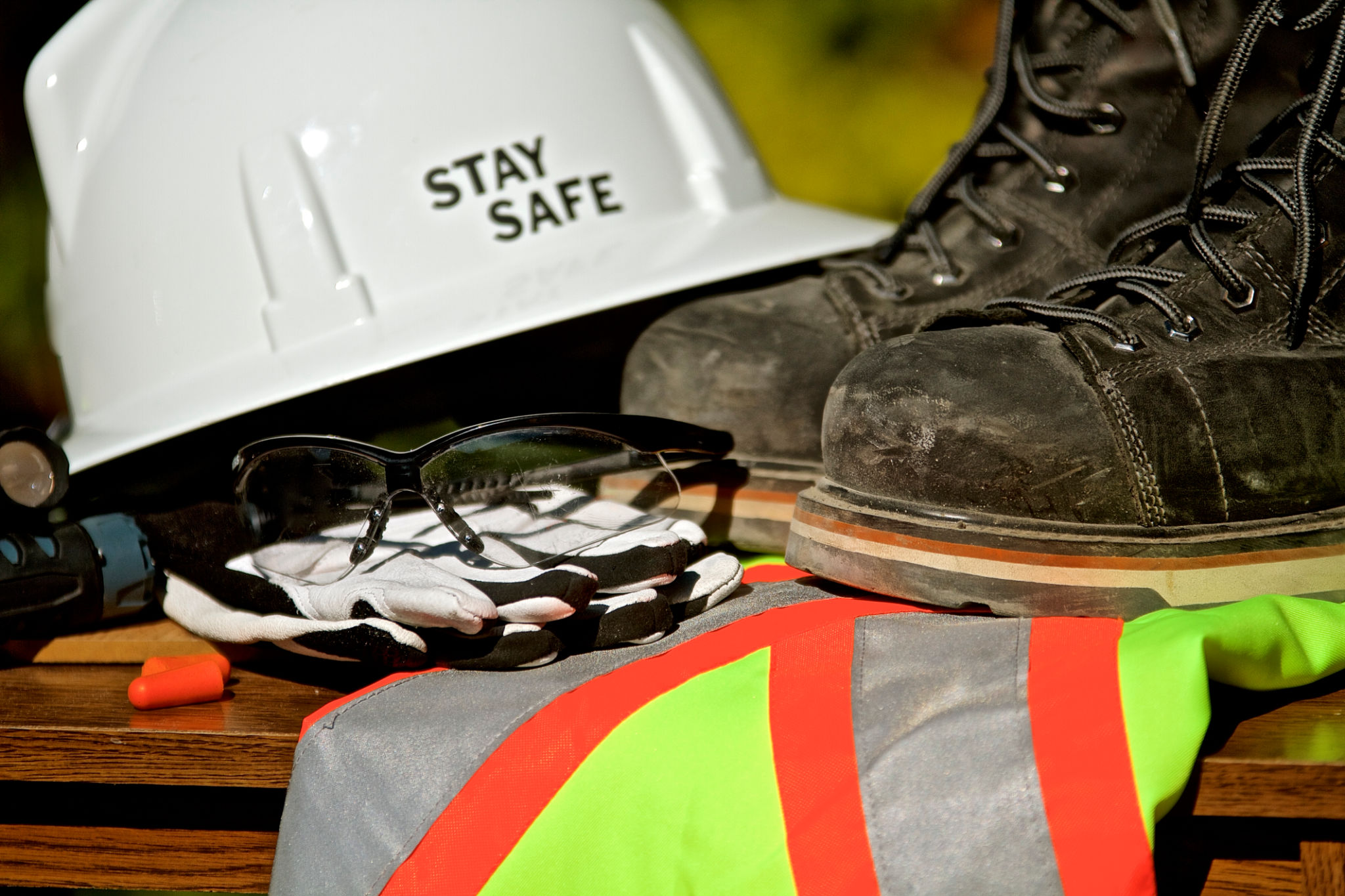Myth-Busting Workplace Safety: Common Misconceptions and Real Solutions
Understanding Workplace Safety Myths
Workplace safety is a critical concern for employers and employees alike. However, despite its importance, there are numerous misconceptions that can hinder effective safety practices. By busting these myths, organizations can foster a safer and more productive environment.
Myth 1: Safety is Solely the Employer's Responsibility
A common misconception is that workplace safety is only the employer's responsibility. In reality, while employers must establish safe working conditions and provide necessary training, employees also play a significant role. Workers are responsible for following safety protocols and reporting hazards.

Real solutions involve fostering a culture of shared responsibility. This can be achieved through regular safety meetings, encouraging open communication, and providing platforms where employees can voice concerns or suggestions.
Myth 2: Safety Training is a One-Time Event
Another myth is that safety training is a one-time requirement. Effective workplace safety requires continuous education and adaptation to new risks. Regular training sessions help keep safety top-of-mind and ensure that employees are aware of the latest procedures and technologies.
Organizations should implement ongoing training programs, including refresher courses and updates on new equipment or procedures. This approach not only enhances safety but also boosts employee confidence and engagement.

Myth 3: Accidents Are Inevitable
Many believe that accidents are simply a part of working life and cannot be entirely prevented. While it's true that no workplace can be completely free of risk, most accidents are preventable through proactive measures.
Employers can significantly reduce incidents by conducting regular risk assessments, maintaining equipment properly, and fostering an environment where safety is prioritized over speed or shortcuts. Building a culture that values safety above productivity can lead to fewer accidents over time.
Implementing Real Solutions
Addressing these misconceptions requires a strategic approach. Here are some effective solutions:
- Engage Employees: Encourage participation in safety committees and feedback sessions.
- Enhance Communication: Use varied communication channels to ensure everyone is informed about safety updates.
- Utilize Technology: Implement new technologies like wearable safety devices and data analytics to predict and prevent potential hazards.

The Role of Leadership in Safety Culture
Leadership plays a pivotal role in shaping the organization's safety culture. Leaders should model safe practices, reward safe behavior, and be visible advocates for safety initiatives. Their commitment sets the tone for the entire workforce.
Implementing a transparent incident reporting system where employees feel safe reporting near misses or hazards without fear of retribution is essential. This openness can lead to quicker resolutions and preventative measures being put in place.
Conclusion: Creating a Safer Workplace
Busting myths around workplace safety is crucial for developing a robust safety culture. By debunking misconceptions and implementing real, strategic solutions, businesses can create a safer work environment that protects employees while enhancing productivity and morale.
Ultimately, a comprehensive approach to workplace safety involves everyone from leadership to frontline workers, working together towards a common goal of zero harm. This collaborative effort not only reduces risks but also builds a resilient workforce equipped to handle future challenges.
